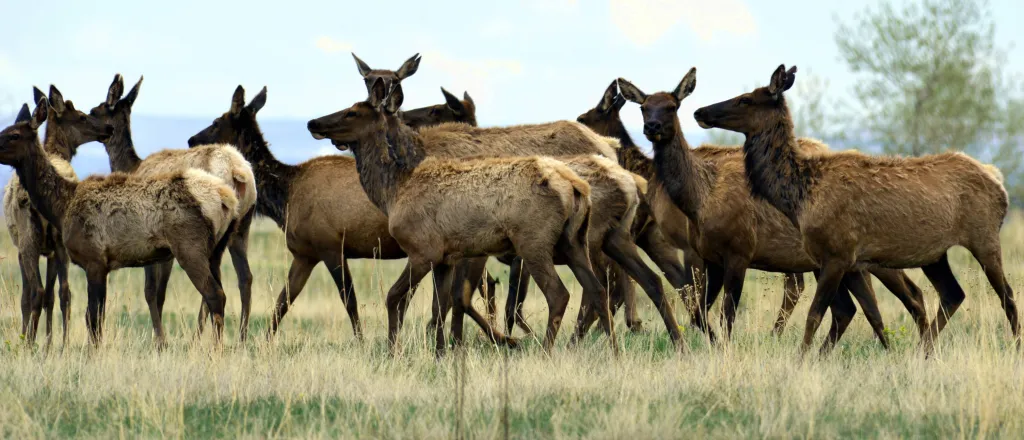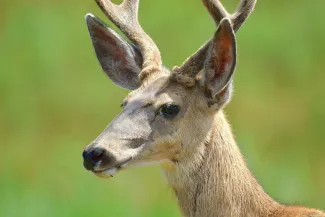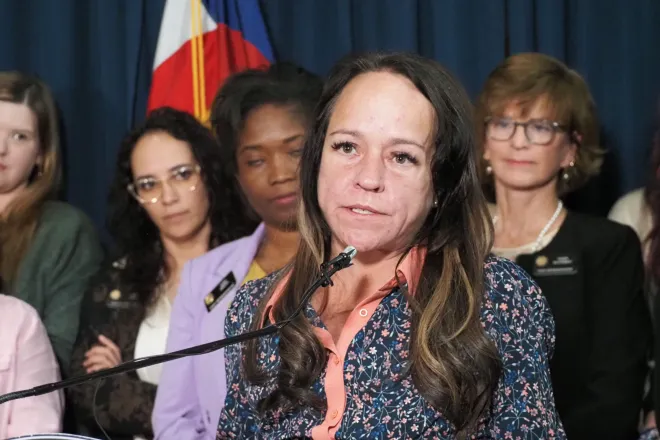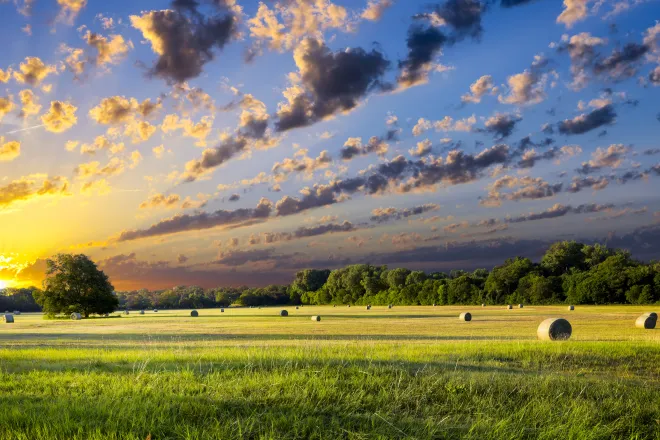
Conservation groups rally to help Colorado meet new wildlife goals
Courtesy USFWS/Ryan Moehring.
Click play to listen to this article.
Now that Colorado Parks and Wildlife has finalized its once in-a-decade State Wildlife Action Plan, some 90 groups from across the state and across political aisles are getting to work.
Last week, groups gathered at Denver’s Botanical Gardens to review the new plan and match skill sets with specific goals for supporting biodiversity across the state.
Madison Martin, deputy director of the Colorado Wildlife Federation, said what emerged from the summit is a host of roadmaps for protecting the state’s most vulnerable species and habitats.

Mule deer buck - USFWS - public domain
"We don’t want the SWAP to sit on the shelf for the next 10 years," Martin stressed. "We want all of the hard work that CPW put into this plan to move forward."
Over the last two decades, Colorado’s Wildlife Action Plans have produced concrete wildlife conservation wins, from the successful recovery of the swift fox and the greenback cutthroat trout to the reintroduction of the Canada lynx.
The new plan could face federal headwinds as the Trump administration makes good on campaign promises to remove endangered species and other environmental protections seen as burdensome to industry. States are required by Congress to create a Wildlife Action Plan in order to receive federal funding.
Martin emphasized the new plan is a blueprint to proactively conserve Colorado’s iconic wildlife as well as the habitat they need to survive and thrive. It is also an opportunity for all Coloradans who value the state’s rich outdoor legacy to do their part.
"There are many ways to get involved," Martin pointed out. "For example, if you like to hunt or if you like to fish, the license fees go to funding for conservation research."
Some groups are already joining forces to identify places where people have created their own trails through delicate habitat, and mobilizing volunteers to install educational signage. Martin noted the interactive dashboard on Colorado Parks and Wildlife’s website allows anyone interested to find species and habitat at greatest risk near where they live, work, hike and camp.
"They have included vertebrates, plants and invertebrates," Martin added. "You can go there now and look up in your area what species are of greatest concern, and maybe put together your own plan on how you want to help protect wildlife."
















